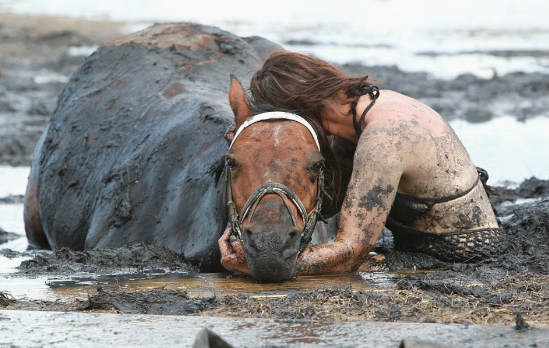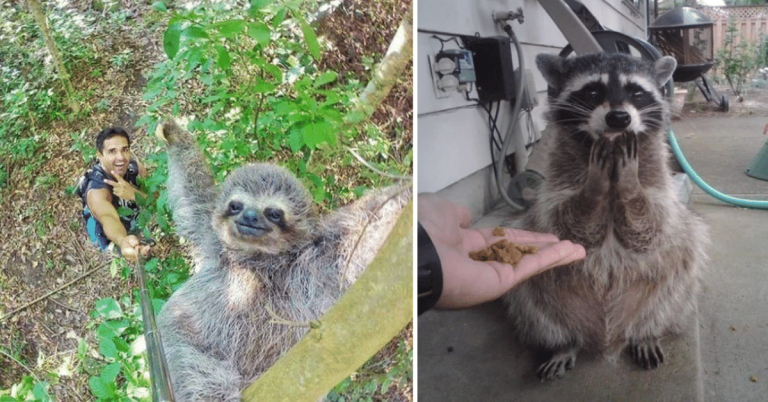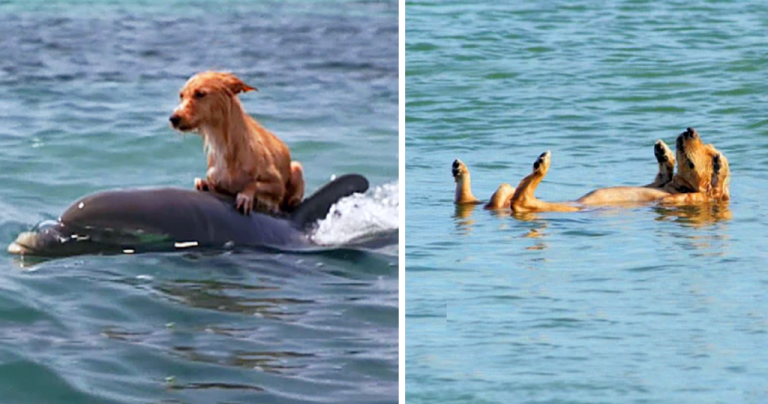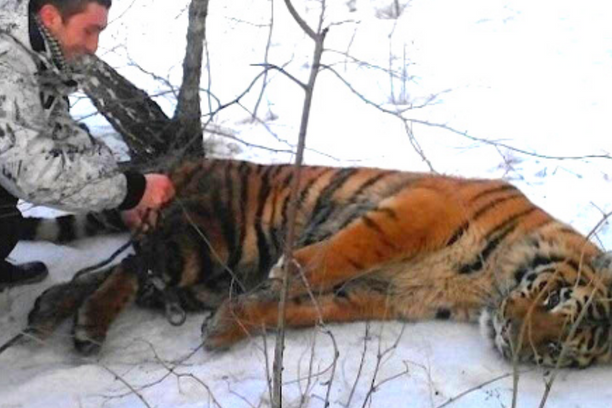A Diver Saves A Humpback Whale’s Life, But Millions Are More Intrigued By The Whale’s Expression of Gratitude
The humpback whale is a species of baleen whale and the only member of the genus *Megaptera*. These whales can grow up to 14 to 17 meters long and weigh up to 40 metric tons. Known for their unique body shape with long pectoral fins and bumps on their heads, humpbacks live near coastlines and feed on plankton, small fish, and krill. Each year, they migrate from their feeding grounds near the poles to warmer waters near the equator to breed. Mothers and calves often stay close, showing signs of affection with their flippers. While calves nurse for about a year, they continue growing until they’re about ten years old.
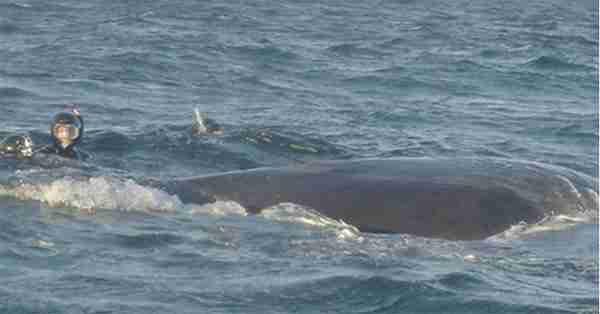
Humpback whales can be found in every ocean around the world. Their scientific name, *Megaptera novaeangliae*, means “great wing of New England,” referring both to their long pectoral fins, which can reach 16 feet, and to their discovery near the New England coast by European whalers. They are called “humpback” due to their dark backs, light bellies, throat grooves, and the small hump in front of their dorsal fins. Popular among whale watchers, humpbacks are known for dramatic behaviors like peduncle throws, where they lift their lower body and tail out of the water and slam it down. They also slap the water with their flukes and fins, “spy hop” by rising nose-first, and sometimes form rare “super groups” of up to 200 whales, though the reason for this is still a mystery.

Humpback whales are skilled swimmers, using their large tail fins, called flukes, to propel themselves through the water and sometimes even out of it. They often jump out of the water and land with a big splash, a behavior known as breaching. Scientists are still unsure why they do this—whether it’s to clean off parasites or just for fun.
James Moskito, a professional diver, was working with volunteers at the Farallon Islands off the San Francisco coast when he noticed a humpback whale behaving strangely. Usually, whales only surface briefly to breathe, but this one seemed to be staying up longer. It lifted its head, raised one eye above the water, and appeared to be looking directly at him. James decided to swim over and gently placed his hand over the whale’s eye, saying, “I’m here to help you; I won’t hurt you.”

James then swam to the other side of the whale and was shocked by what he found—a 3,000-pound anchor stuck to its tail. He and a team of brave divers spent hours carefully working to free the whale from the long chain wrapped around it. After a lot of effort, they finally succeeded. The whale started swimming in circles around James, almost like it was celebrating. Then, as if to say thank you, it brushed against him.
You might wonder how whales breathe while they sleep. Unlike humans, humpback whales have to consciously remember to breathe, even when they are asleep.
Humpback whales can be found in all of the world’s major oceans. Each year, they migrate over long distances; some travel up to 5,000 miles between their winter breeding grounds in warm tropical waters and their summer feeding areas in cooler regions. For example, some humpback whales migrate from Alaska to Hawai’i, making the 3,000-mile journey in just 28 days. During calving, they prefer shallow, warm waters near beaches or offshore reefs. In summer, they feed in colder, more productive waters.
According to Animal Planet, whales likely shut down half of their brains while sleeping so they can stay alert enough to breathe. It’s amazing how dedicated and hardworking these men were in their effort to save the whale. While James talking to the whale might seem strange to some, whales do have feelings and may understand more than we think. Research from the Mount Sinai School of Medicine in New York shows that whales have the same special brain cells for processing emotions as humans and primates. So, it’s safe to say that the humpback whale appreciated the help it received.

